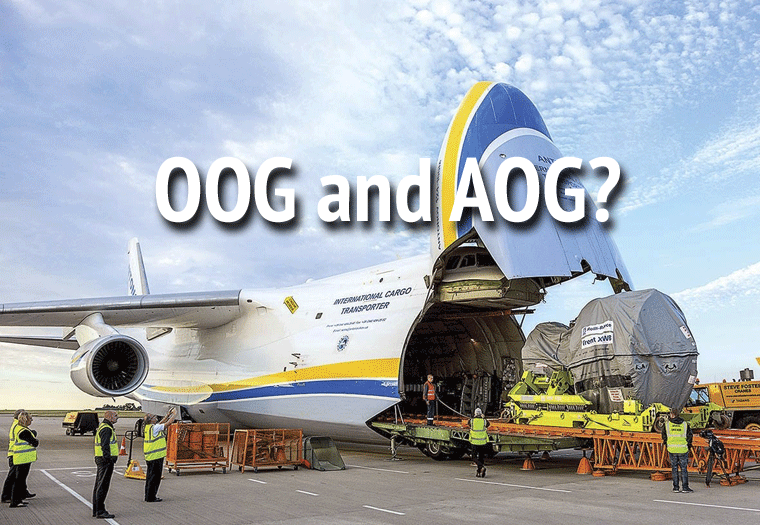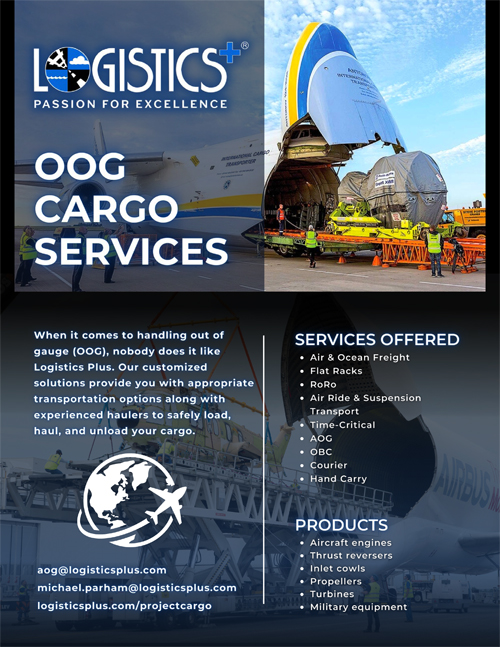What do OOG and AOG mean when it comes to air cargo shipping?
 OOG stands for Out of Gauge. It refers to cargo that is too large or too heavy to fit in a standard 20- or 40-foot cargo container. OOG cargo may also have irregular shapes or dimensions that make it difficult to transport.
OOG stands for Out of Gauge. It refers to cargo that is too large or too heavy to fit in a standard 20- or 40-foot cargo container. OOG cargo may also have irregular shapes or dimensions that make it difficult to transport.
AOG stands for Aircraft on Ground. It refers to an aircraft that is unable to fly due to a mechanical problem. AOG cargo is any part or equipment that is needed to repair an aircraft that is on the ground.
OOG and AOG cargo are both considered to be urgent shipments, and they require special handling and transportation arrangements. OOG cargo may need to be palletized or crated to fit in the aircraft, and it may also need to be accompanied by a special loading permit. AOG cargo may need to be transported on a charter flight or a priority basis.
The cost of shipping OOG and AOG cargo is typically higher than the cost of shipping standard cargo. This is because of the specialized handling and transportation requirements. However, the cost of shipping OOG and AOG cargo is often outweighed by the cost of lost production or revenue if the aircraft is unable to fly.
Here are some examples of OOG cargo:
- Large machinery parts
- Heavy equipment
- Oversized vehicles
- Construction materials
- Industrial components
Here are some examples of AOG cargo:
- Engine parts
- Landing gear components
- Avionics equipment
- Hydraulic systems
- Electrical components
If you need to ship OOG or AOG cargo, it is important to work with a reputable global freight forwarder, like Logistics Plus, who has experience in handling these types of shipments. The freight forwarder will be able to help you get the cargo to its destination safely and on time.
Download our OOG Cargo Services flyer or Contact Us for more information.


